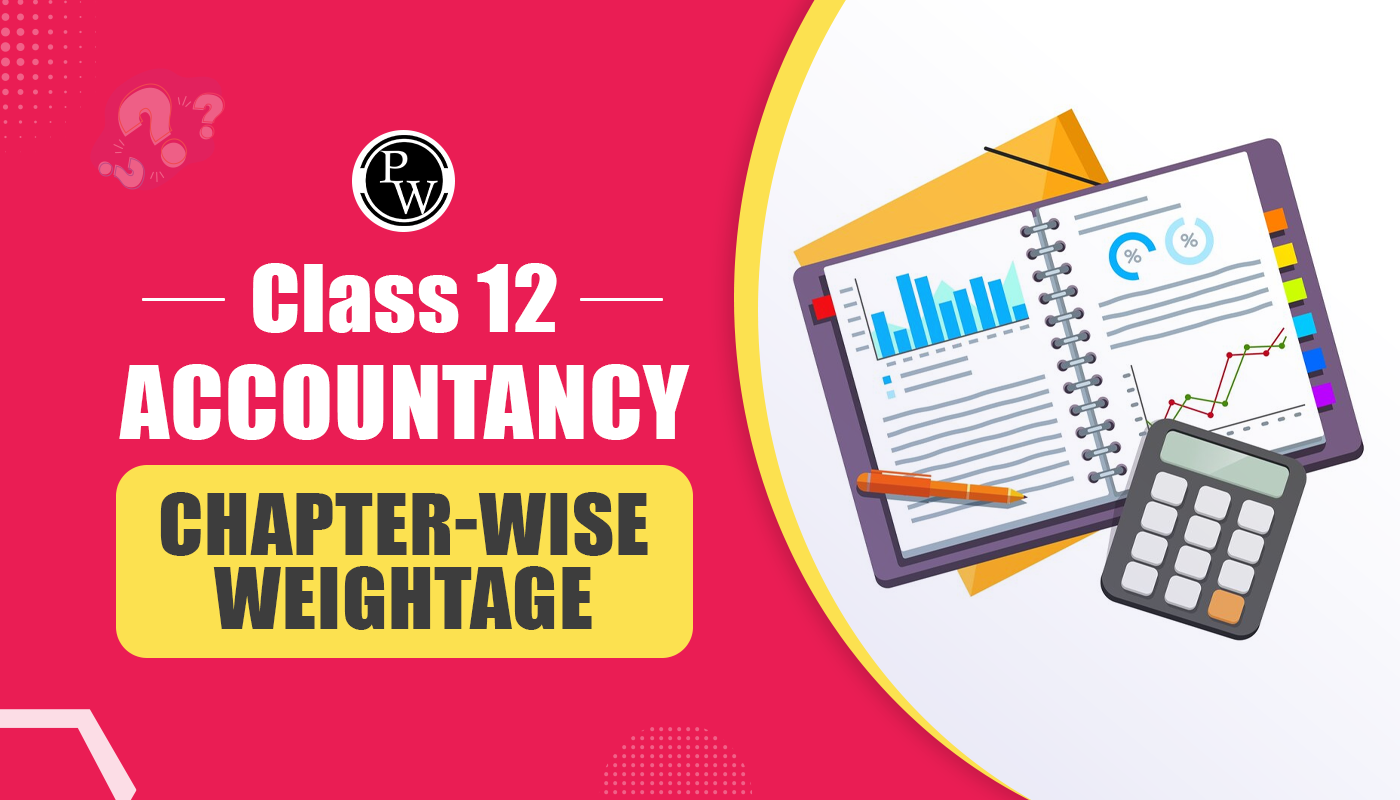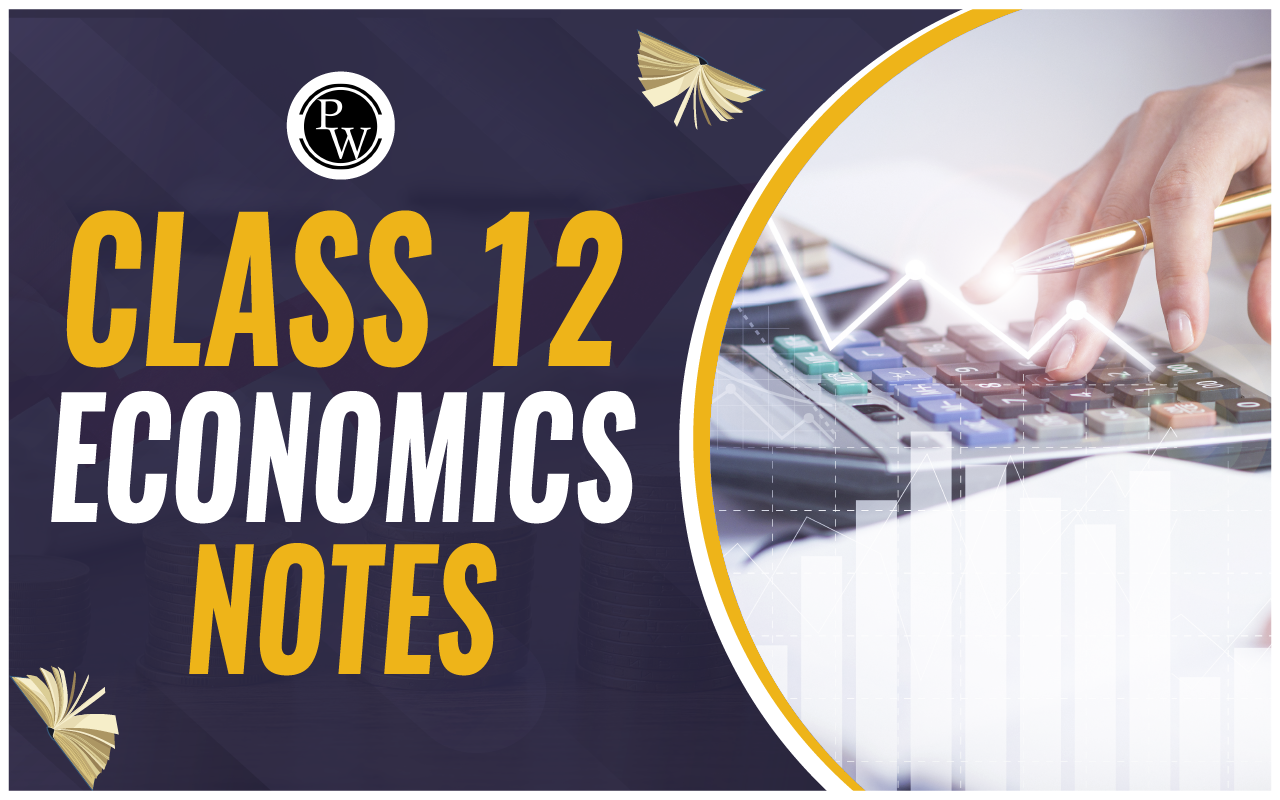
Business Mathematics is like the practical side of maths that helps businesses handle real-life challenges. It involves using numbers, shapes, and patterns to solve and control different problems a business might face. Learning this subject is crucial for students because it equips them with various mathematical tools and techniques to tackle business situations. Sometimes, it's also called " commercial mathematics ."
Moreover, here we'll delve into specific topics like Ratio and Proportion, Equations, and Basic Financial Mathematics.What is Business Mathematics?
Business Mathematics goes beyond just costs, profits, and interest – it covers a range of mathematical concepts essential for managing various aspects of business. From controlling cash flows to handling payroll, revenue, and risk analysis, it plays a vital role in day-to-day business operations. Mathematical formulas are used in calculating wages, managing employee performance, and analyzing profit and loss. By employing mathematical models, businesses can analyze problems, find solutions, and make informed decisions, ultimately simplifying their processes and avoiding future issues.Business Mathematics Topics
In Business Mathematics, we cover key topics that are crucial for understanding and managing various aspects of business. These topics include:- Arithmetic: Fundamental math operations for business calculations.
- Ratios and Proportions: Understanding and using ratios in business scenarios.
- Interest: Exploring simple and compound interest, along with the application of annuity.
- Bill Discounting & Average Due Date: Managing financial transactions efficiently.
- Mathematical Reasoning: Basic application of logical reasoning in mathematical contexts.
- Algebra: Using algebraic concepts like sets, Venn diagrams, variation, indices, and logarithms.
- Permutation and Combinations: Understanding different ways to arrange and combine elements.
- Equations: Solving linear and quadratic equations, determinants, and matrices.
- Calculus: Exploring concepts like limits, continuity, differentiation, integration, and maxima/minima.
- Statistics: Representing data statistically, measuring central tendency and dispersion, and understanding correlation and regression.
- Index Numbers: Analyzing changes in business metrics over time.
- Time Series Analysis: Studying data trends over a specific period.
- Probability: Assessing the likelihood of events occurring.
- Theoretical Distribution: Understanding theoretical models for probability distribution.
Read Also: Difference Between Businessman and Entrepreneur
Business Mathematics Importance
Business revolves around effective management, and commercial mathematics plays a pivotal role in shaping the foundation of any business. Here's why it's crucial:- Cost Analysis : Business mathematics helps analyze all production-related costs, including raw materials, machinery, rent, wages, marketing, administrative expenses, warehousing, and interest. This analysis is fundamental for estimating profits.
- Pricing Strategy: Commercial maths is instrumental in setting prices for products and services. By evaluating all costs, businesses can determine gross or net profits, ensuring sustainable operations.
- Company Health: It contributes to maintaining the financial health of a company by calculating business taxes, allowing businesses to assess actual profits after deductions.
- Financial Performance: Business maths aids in assessing financial performance, estimating incomes and expenditures, conducting risk analysis, and evaluating competitors and their strategies.
- Decision-Making: This discipline guides decision-making across various business aspects, including costs, raw materials, marketing, advertising, and short and long-term strategies. It helps in analyzing unforeseen situations and making informed decisions in favour of the company.
Ratio and Proportion in Business Mathematics
In maths, ratios and proportions are essential concepts with real-life applications. Here's an easy explanation for students: Ratio: It's a comparison of two quantities, like speed (distance/time) or price (rupees/metre) of a material. For instance, if you're travelling, the ratio of distance covered to time taken is a key example. Proportion: This is an equation stating that two given ratios are equal. For example, if a train takes 1 hour to cover 100km, it should take 5 hours to cover 500 km. This is expressed as 100km/hr = 500 km/5 hrs. Understanding these concepts is not only crucial in maths but also finds practical use in various real-world scenarios, including business mathematics.Types of Proportions
Check here for different types of Proportions:- Direct Proportion:
- Describes a relationship where an increase or decrease in one quantity corresponds to a similar change in the other.
- Denoted as a∝b, meaning 'a is directly proportional to b.'
- Inverse Proportion:
- Describes a relationship where an increase in one quantity leads to a decrease in the other, and vice versa.
- Represented as a∝(1/b), indicating the inverse proportion of 'a' and 'b.'
- Continued Proportion:
- Involves two ratios, a: b and c: d.
- The continued proportion is derived by converting means to a single term/number, typically the LCM of means (bc).
- Written in the form of ca: bc: bd.
Also Read: Financial Ratio – Meaning, Definition, Types
Ratio and Proportion Formula
Check the below points for a better understanding of Ratio and Proportion Formulas: Ratio Formula:- Ratio is the comparison of two quantities expressed as a fraction.
- Formula: a: b ⇒ a/b
- Here, 'a' is the antecedent (first term), and 'b' is the consequent (second term).
- Example: In the ratio 4:9, it's represented as 4/9, with 4 as the antecedent and 9 as the consequent.
- Multiplying or dividing each term of a ratio by the same non-zero number doesn't change the ratio.
- Proportion involves two ratios, a:b and c:d.
- Formula: a/b = c/d or a : b :: c : d
- 'b' and 'c' are meanings, while 'a' and 'd' are extremes.
- Example: If the ratio of girls to boys is 3:5, and another ratio is 4:8 or 3/5 = 4/8.
- Multiplying or dividing the terms by the same non-zero number doesn't affect the proportion.
What is the Difference Between Ratio and Proportion?
Check here the below points for the difference between Ratio and Proportion:Ratio:
- A ratio is a way to compare two quantities and express their relationship.
- It is represented as a fraction or with a colon (e.g., 2:1 or 2/1).
- In business, ratios are used to analyze financial statements and assess performance.
Proportion:
- A proportion is a statement that two ratios are equal to each other.
- It's written as an equation, like a/b = c/d, indicating a balanced relationship.
- Proportions are essential in business mathematics for comparing different aspects of data and ensuring consistency in calculations.
How to Solve Ratio And Proportion Questions?
When tackling ratio and proportion questions in business mathematics, there are several effective methods to choose from. Two commonly used approaches include the cross-multiplication method and the proportion formula. Cross-Multiplication Method:- Identify the value of one unit in the first ratio.
- Utilize this value to determine other values in the equation.
- Applicable to solving any values in a ratio or proportion question.
- Plug in known information and solve for the unknown value.
What is Financial Mathematics?
Financial mathematics is a branch of maths that deals with analyzing data, solving problems, and modelling financial markets. It has broad applications in various industries, impacting areas like:- Economics : Examines how businesses and consumers produce and consume goods and services. Analyzes the supply and demand of goods in economic systems.
- Statistics: Focuses on the study and analysis of data. Utilizes statistical methods to interpret and draw conclusions from data.
- Probability: Measures the likelihood of events occurring, often expressed in percentages. Also helps assess and predict outcomes in financial scenarios.
| Commerce Related Topics | |
| How to Calculate Total Variable Cost | Issue and Redemption of Debentures |
| Education sector | Factor Cost Basic Prices And Market Prices |
Business Mathematics FAQs
What are ratios and proportions in business math?
Ratios and proportions are fundamental mathematical tools used extensively in business. Ratios compare two quantities, providing insights into their relationship, while proportions extend this comparison to three quantities. Understanding the formulas for both concepts is crucial for effective application in business scenarios. Also, for more detailed information on the Ratio and Proportion, check the above article.
What are the topics in ratio and proportion?
Ratio and proportion cover the relationship between two or more quantities. In the realm of GCSE mathematics, these concepts connect to various topics such as numbers, algebra, geometry, probability, and statistics. A solid understanding of ratio and proportion is essential for navigating different mathematical aspects in this field. Also, for more detailed information on the Ratio and Proportion, check the above article.
What is the ratio in financial mathematics?
In financial mathematics, a ratio is a calculation comparing one number to another using key figures from a company's financial statements. These ratios play a crucial role in informing users about the financial health of a company and offering insights into its performance and stability. Also, for more detailed information on Business Mathematics, check the above article.
What are the 3 types of proportion?
Three fundamental types of proportion include Direct Proportion (where one quantity's increase corresponds to another's), Inverse Proportion (involving an increase in one leading to a decrease in the other), and Continued Proportion (using two ratios to establish a continued relationship, often incorporating means and extremes). Also, for more detailed information on the Ratio and Proportion, check the above article.
What is the formula for ratio?
The formula for a ratio comparing one data point (A) to another data point (B) is A/B. This means dividing the value of A by the value of B. For instance, if A is five and B is 10, the ratio is expressed as 5/10, providing a clear comparison between the two quantities. Also, for more detailed information on Business Mathematics and Financial Mathematics, check the above article.
Talk to a counsellorHave doubts? Our support team will be happy to assist you!

Check out these Related Articles
Free Learning Resources
PW Books
Notes (Class 10-12)
PW Study Materials
Notes (Class 6-9)
Ncert Solutions
Govt Exams
Class 6th to 12th Online Courses
Govt Job Exams Courses
UPSC Coaching
Defence Exam Coaching
Gate Exam Coaching
Other Exams
Know about Physics Wallah
Physics Wallah is an Indian edtech platform that provides accessible & comprehensive learning experiences to students from Class 6th to postgraduate level. We also provide extensive NCERT solutions, sample paper, NEET, JEE Mains, BITSAT previous year papers & more such resources to students. Physics Wallah also caters to over 3.5 million registered students and over 78 lakh+ Youtube subscribers with 4.8 rating on its app.
We Stand Out because
We provide students with intensive courses with India’s qualified & experienced faculties & mentors. PW strives to make the learning experience comprehensive and accessible for students of all sections of society. We believe in empowering every single student who couldn't dream of a good career in engineering and medical field earlier.
Our Key Focus Areas
Physics Wallah's main focus is to make the learning experience as economical as possible for all students. With our affordable courses like Lakshya, Udaan and Arjuna and many others, we have been able to provide a platform for lakhs of aspirants. From providing Chemistry, Maths, Physics formula to giving e-books of eminent authors like RD Sharma, RS Aggarwal and Lakhmir Singh, PW focuses on every single student's need for preparation.
What Makes Us Different
Physics Wallah strives to develop a comprehensive pedagogical structure for students, where they get a state-of-the-art learning experience with study material and resources. Apart from catering students preparing for JEE Mains and NEET, PW also provides study material for each state board like Uttar Pradesh, Bihar, and others
Copyright © 2025 Physicswallah Limited All rights reserved.
Get App









